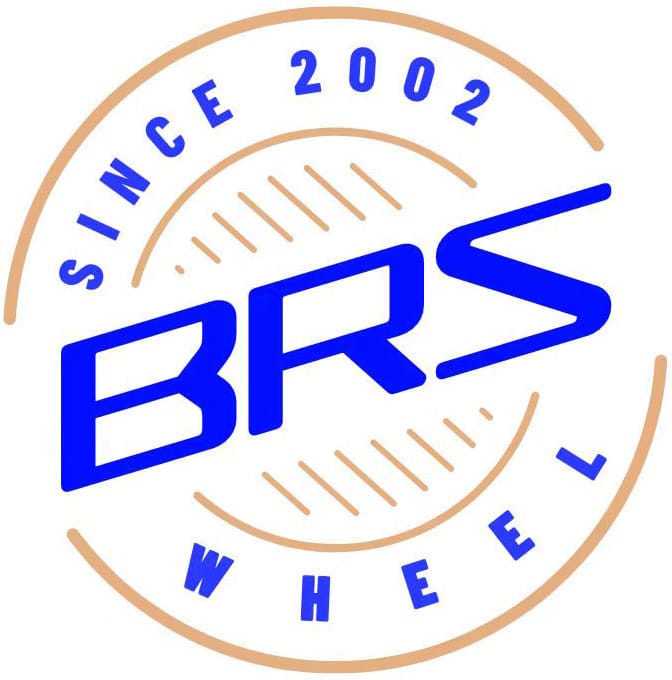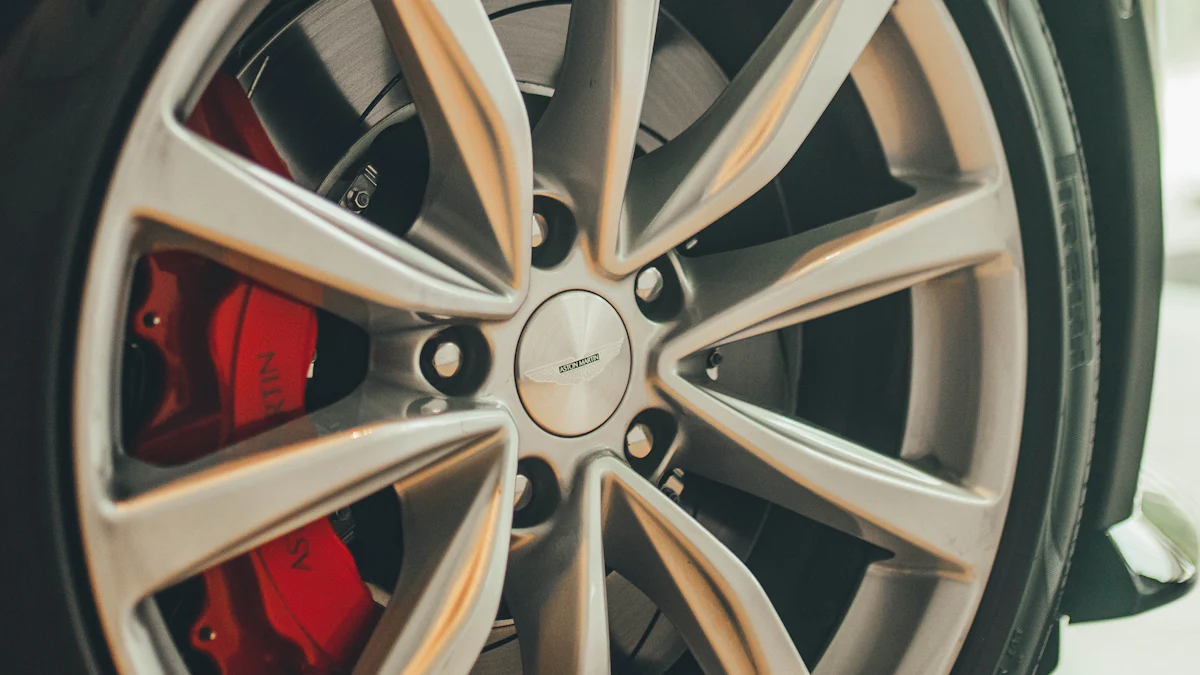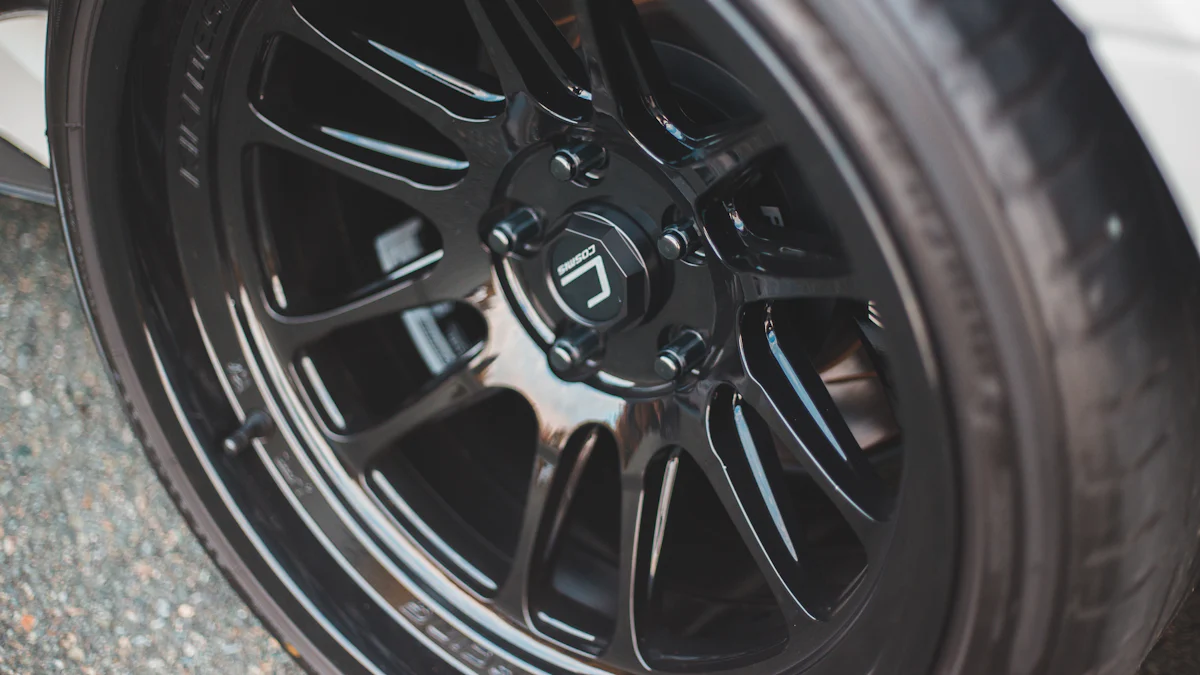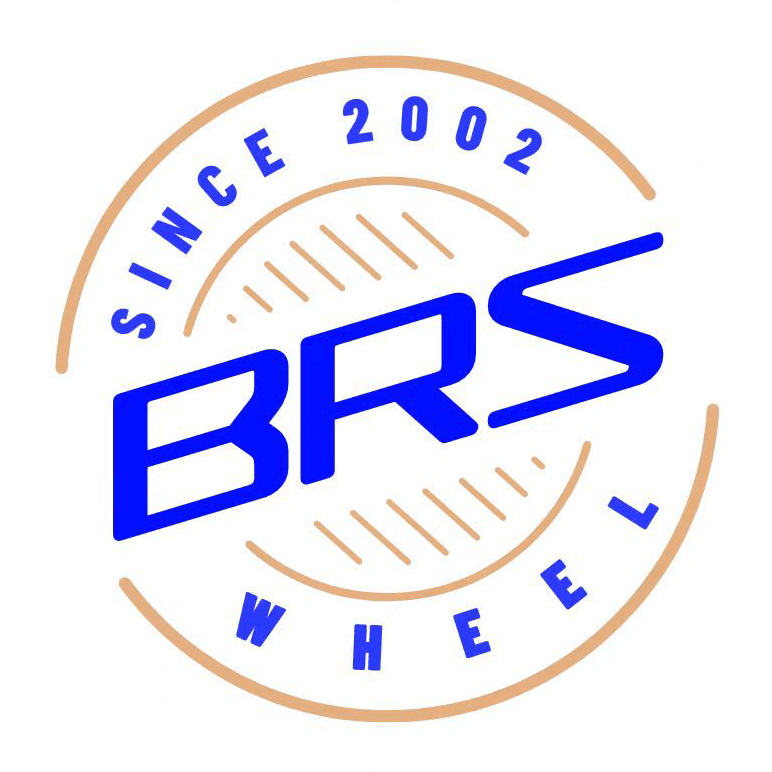
Selecting the right tires for your 17×8 wheel is essential for achieving optimal performance and comfort. Among the most popular choices, 225/45R17 and 235/40R17 stand out for their balance of handling, ride quality, and aesthetics. The 225/45R17 size offers a compromise between performance and comfort, while the 235/40R17 provides a slightly wider fit, enhancing stability and appearance. Your decision should align with your vehicle type, driving habits, and personal preferences to ensure the best results.
Key Takeaways
- Choose tire sizes like 225/45R17 for a balance of comfort and performance, or 235/40R17 for enhanced grip and stability.
- Always refer to your vehicle’s owner’s manual for manufacturer-recommended tire sizes to ensure safety and compatibility.
- Consider your driving style: opt for all-season tires for daily comfort or performance tires for spirited driving.
- Wider tires can improve handling but may reduce fuel efficiency; weigh the pros and cons based on your priorities.
- Avoid common mistakes like selecting tires that are too wide or ignoring load index and speed ratings to ensure safe driving.
- Use online tools and consult tire professionals to compare sizes and understand how they impact your vehicle’s performance.
- Remember that aesthetics matter; choose a tire size that complements your vehicle’s design while meeting your performance needs.
Factors to Consider When Choosing Tires for 17×8 Wheels
Choosing the right tires for your 17×8 wheel involves evaluating several important factors. Each consideration ensures that your tires meet your vehicle’s needs and enhance your driving experience. Below are the key aspects to focus on.
Vehicle Type and Manufacturer Recommendations
Your vehicle type plays a significant role in determining the best tire size. Manufacturers design vehicles with specific tire dimensions to optimize performance, safety, and efficiency. You can find these recommendations in your vehicle’s owner’s manual or on the tire information placard, usually located on the driver’s side door frame. Following these guidelines ensures compatibility with your car’s suspension, braking system, and overall design.
For example, if you drive a compact sedan, a tire size like 225/45R17 may provide the perfect balance of comfort and handling. On the other hand, if you own a sports car, you might prefer a slightly wider tire, such as 235/40R17, for improved grip and stability. Always prioritize the manufacturer’s specifications to avoid issues like uneven wear or reduced fuel efficiency.
Driving Style and Intended Use
Your driving habits and how you plan to use your vehicle should influence your tire choice. If you frequently drive on highways or in urban areas, you may want tires that offer a smooth ride and low noise levels. In this case, all-season tires with a size like 225/45R17 could be ideal. They provide a comfortable driving experience and perform well in various weather conditions.
For those who enjoy spirited driving or track days, performance tires might be a better option. A wider tire, such as 235/40R17, can enhance cornering and traction, especially at higher speeds. However, these tires may sacrifice some comfort for improved handling. If you often encounter snowy or icy roads, consider winter tires designed for maximum grip in cold conditions. Matching your tire choice to your driving style ensures safety and satisfaction.
Aesthetic Preferences
Tires also impact the appearance of your vehicle. Wider tires, like 235/40R17, can give your car a more aggressive and sporty look. They fill out the wheel wells better and create a stance that many drivers find appealing. However, keep in mind that wider tires may slightly affect fuel efficiency and ride comfort.
If you prefer a more balanced and understated appearance, a tire size like 225/45R17 might suit your needs. This size maintains a clean and proportional look while offering excellent performance. Consider how the tire size complements your vehicle’s design and your personal style. Aesthetic preferences are subjective, but they play a crucial role in your overall satisfaction with your choice.
How Tire Size Impacts Performance, Handling, and Aesthetics

Performance and Handling
The size of your tires directly affects how your vehicle performs and handles on the road. A properly matched tire size ensures optimal grip, stability, and responsiveness. For a 17×8 wheel, the most common choices, such as 225/45R17 and 235/40R17, strike a balance between performance and practicality.
- 225/45R17: This size offers a versatile option for drivers seeking a mix of comfort and control. It provides a snug fit on a 17×8 wheel, ensuring consistent contact with the road. This enhances cornering ability and braking performance, making it ideal for daily driving or spirited weekend drives.
- 235/40R17: A slightly wider tire like this improves traction and stability, especially during high-speed maneuvers. It’s a popular choice for sports cars or vehicles with performance-oriented setups. However, the added width may slightly reduce fuel efficiency.
Choosing the right size depends on your driving needs. If you prioritize sharp handling and grip, a wider tire like 235/40R17 may suit you. For a more balanced approach, 225/45R17 delivers reliable performance without compromising comfort.
Ride Comfort and Noise
Tire size also influences how smooth and quiet your ride feels. The sidewall height, in particular, plays a significant role in absorbing road imperfections and reducing noise levels.
- 225/45R17: With a taller sidewall compared to 235/40R17, this size absorbs bumps and vibrations more effectively. It provides a smoother ride, especially on uneven roads or during long commutes. The increased cushioning also minimizes road noise, creating a quieter cabin environment.
- 235/40R17: While this size enhances handling, its shorter sidewall transmits more road feedback to the cabin. This can result in a firmer ride and slightly higher noise levels. Drivers who value performance over comfort may find this trade-off acceptable.
Your choice should reflect your priorities. If comfort and quietness are essential, opt for 225/45R17. For a sportier feel and sharper response, consider 235/40R17.
Aesthetic Considerations
The appearance of your vehicle can change significantly based on the tire size you select. Wider tires often create a more aggressive and sporty look, while narrower options maintain a clean and understated aesthetic.
- 225/45R17: This size offers a balanced and proportional look for most vehicles. It fills the wheel wells adequately without appearing too bulky. Many drivers prefer this size for its subtle yet stylish appearance.
- 235/40R17: A wider tire like this enhances the visual appeal of your car, giving it a bolder stance. It’s a popular choice among enthusiasts who want their vehicles to stand out. However, ensure that your suspension setup and wheel offset can accommodate the extra width to avoid rubbing issues.
When selecting a tire size, consider how it complements your vehicle’s design. A wider tire may enhance aesthetics but could impact ride quality. A narrower tire maintains a sleek look while preserving comfort and efficiency.
Step-by-Step Guide to Selecting the Right Tire Size for 17×8 Wheels

Choosing the right tire size for your 17×8 wheel can feel overwhelming, but following a structured approach simplifies the process. This step-by-step guide will help you make an informed decision that suits your vehicle and driving needs.
Check Your Vehicle’s Owner’s Manual
Your vehicle’s owner’s manual is the first place to look when selecting a tire size. Manufacturers provide specific recommendations for tire dimensions to ensure compatibility with your car’s design. These guidelines optimize safety, performance, and efficiency.
- Locate the tire information section in the manual. It typically lists the recommended tire sizes, load index, and speed rating.
- Cross-check the suggested sizes with your 17×8 wheel to confirm they fit properly. For example, sizes like 225/45R17 or 235/40R17 often work well with this wheel width.
- Adhering to these recommendations prevents issues like uneven wear, reduced fuel efficiency, or compromised handling.
Pro Tip: If you’ve misplaced your owner’s manual, check the tire information placard on the driver’s side door frame. It contains the same essential details.
Consult a Tire Professional
Tire professionals possess the expertise to guide you through the selection process. Their knowledge ensures you choose a tire size that aligns with your vehicle’s requirements and your driving habits.
- Visit a reputable tire shop or dealership. Share details about your vehicle, including its make, model, and year.
- Discuss your driving style and preferences. Whether you prioritize comfort, performance, or aesthetics, a professional can recommend the best options for your 17×8 wheel.
- Ask about potential challenges, such as rubbing or clearance issues, especially if you’re considering a wider tire like 235/40R17.
Expert Insight: Tire professionals often use advanced tools to measure your vehicle’s suspension setup and wheel offset. This ensures the selected tire size fits perfectly without compromising safety or performance.
Use Online Tools and Calculators
Online tools and calculators simplify the process of comparing tire sizes. These resources provide accurate measurements and insights, helping you visualize how different sizes will perform on your 17×8 wheel.
- Search for tire size comparison calculators. Input your current tire size and the size you’re considering, such as 225/45R17 or 235/40R17.
- Review the results, which typically include changes in overall diameter, sidewall height, and speedometer accuracy. This data helps you understand how the new size will impact your vehicle’s performance.
- Explore forums and reviews for real-world feedback from drivers who use similar tire sizes on their vehicles.
Quick Reminder: While online tools are helpful, always verify the results with a tire professional to ensure accuracy and compatibility.
By following these steps, you can confidently select the right tire size for your 17×8 wheel. Each step ensures your choice enhances your vehicle’s performance, safety, and appearance.
Common Mistakes to Avoid When Choosing Tire Sizes for 17×8 Wheels
Choosing the right tire size for your 17×8 wheel requires careful consideration. Mistakes can lead to poor performance, reduced comfort, or even safety issues. Below are common errors to avoid and how you can make better decisions.
Selecting Tires That Are Too Wide or Too Narrow
One of the most frequent mistakes is choosing tires that are either too wide or too narrow for your 17×8 wheel. Tires that are too wide may cause rubbing against the fender liners or suspension components, especially if your vehicle has a lowered suspension or a high caster angle. This can lead to unnecessary wear and tear on both the tires and the vehicle.
For example, while a 235/40 tire fits well on a 17×8 wheel, going beyond this width, such as 245/40, may require modifications like rolled fenders to prevent rubbing. On the other hand, tires that are too narrow, like 215/45, may compromise ride quality. Narrower tires often create a stiffer ride because their sidewalls are more supported, which can make daily driving less comfortable.
“A compromise of performance and comfort for 17×8 is the 225/45 choice, and that’s what most customers are doing.”
This insight highlights the importance of selecting a balanced size like 225/45R17, which offers a mix of comfort and performance without the drawbacks of extreme widths.
Ignoring Load Index and Speed Rating
Another critical mistake is overlooking the load index and speed rating of your tires. These specifications ensure that your tires can handle the weight of your vehicle and perform safely at your desired speeds. Ignoring these factors can lead to unsafe driving conditions.
The load index indicates the maximum weight a tire can support. If you choose a tire with a lower load index than recommended, it may not withstand the stress of your vehicle, leading to premature wear or even failure. Similarly, the speed rating determines the maximum speed a tire can safely handle. Using a tire with a lower speed rating than required can compromise stability during high-speed driving.
Always check your vehicle’s owner’s manual or the tire placard for the recommended load index and speed rating. These guidelines ensure that your tires meet safety standards and perform reliably under various conditions.
Overlooking the Impact of Sidewall Height
The sidewall height of a tire significantly affects both performance and comfort. Many drivers overlook this aspect when selecting a tire size, leading to unintended consequences. A taller sidewall, like that of a 225/45R17 tire, provides better cushioning and absorbs road imperfections more effectively. This results in a smoother and quieter ride, making it ideal for daily driving.
In contrast, a shorter sidewall, such as that of a 235/40R17 tire, enhances handling and cornering stability. However, it also transmits more road feedback to the cabin, which can make the ride feel firmer and noisier. While this trade-off may appeal to performance enthusiasts, it might not suit those prioritizing comfort.
“Nothing wrong with 215/45 except really stiff ride on 17×8 wheel, folks do that for max performance knowing it gives up some ride quality.”
This statement emphasizes the importance of understanding how sidewall height impacts your driving experience. Balancing performance and comfort often leads to a better overall choice.
When selecting a tire size, consider how the sidewall height aligns with your driving needs. A balanced option like 225/45R17 often provides the best of both worlds, offering a comfortable ride without sacrificing too much performance.
Avoiding these common mistakes ensures that your tire choice enhances your vehicle’s performance, safety, and comfort. By selecting the right width, adhering to load and speed ratings, and considering sidewall height, you can make an informed decision that suits your driving style and preferences.
FAQs
When selecting tires for your 17×8 wheels, you may encounter several questions. Below are some of the most frequently asked questions, along with clear and concise answers to help you make an informed decision.
1. What is the best tire size for 17×8 wheels?
The most commonly recommended tire sizes for 17×8 wheels are 225/45R17 and 235/40R17. These sizes provide a balance of performance, comfort, and aesthetics. The 225/45R17 size offers a smoother ride and better fuel efficiency, while the 235/40R17 enhances grip and stability, especially during spirited driving. Your choice should depend on your vehicle type, driving habits, and personal preferences.
2. Can I use a wider tire, like 245/40R17, on 17×8 wheels?
Yes, you can use a wider tire like 245/40R17, but it may require additional modifications. Wider tires can cause rubbing against the fender or suspension components, especially if your vehicle has a lowered suspension or a specific wheel offset. Before choosing a wider tire, consult a tire professional to ensure proper fitment and avoid potential issues.
3. How does tire size affect fuel efficiency?
Tire size impacts fuel efficiency in several ways. Wider tires, such as 235/40R17, create more rolling resistance, which can slightly reduce fuel economy. Narrower tires, like 225/45R17, typically offer better fuel efficiency due to reduced friction with the road. If fuel economy is a priority, consider sticking to the manufacturer-recommended tire size.
4. What happens if I choose a tire size not recommended by the manufacturer?
Using a tire size outside the manufacturer’s recommendations can lead to several issues. These include uneven tire wear, reduced handling performance, and potential safety risks. Additionally, it may affect your vehicle’s speedometer accuracy and suspension geometry. Always refer to your vehicle’s owner’s manual or consult a tire expert before deviating from the recommended sizes.
5. Do wider tires improve handling?
Wider tires, such as 235/40R17, generally improve handling by increasing the contact patch with the road. This enhances traction and stability, especially during cornering or high-speed driving. However, wider tires may also transmit more road feedback, resulting in a firmer ride. Consider your driving style and priorities when deciding on tire width.
6. Are there any downsides to using a taller sidewall tire?
Taller sidewall tires, like 225/45R17, provide better ride comfort by absorbing road imperfections. However, they may slightly reduce steering responsiveness compared to shorter sidewall options like 235/40R17. If you prioritize comfort over sharp handling, a taller sidewall tire is a suitable choice.
7. How do I know if my tires will rub against the fender?
Tire rubbing occurs when the tire is too wide or tall for your vehicle’s suspension setup or wheel offset. To avoid this, ensure the tire size matches your vehicle’s specifications. You can also measure the clearance between the tire and fender or consult a tire professional for guidance. Wider tires, such as 245/40R17, are more prone to rubbing, especially on vehicles with lowered suspensions.
8. Can I mix different tire sizes on my vehicle?
Mixing tire sizes on the same vehicle is not recommended. It can lead to uneven handling, reduced stability, and increased wear on suspension components. Always use the same tire size on all four wheels to maintain balance and safety. If you need different sizes for front and rear wheels (common in performance cars), follow the manufacturer’s guidelines.
9. How often should I replace my tires?
Tire replacement depends on factors like tread wear, age, and driving conditions. Most tires last between 25,000 to 50,000 miles, but you should replace them sooner if the tread depth falls below 2/32 of an inch. Regularly inspect your tires for signs of wear, cracks, or damage. Replace them immediately if you notice any issues affecting safety.
10. What is the load index, and why is it important?
The load index indicates the maximum weight a tire can support. Choosing a tire with a load index lower than your vehicle’s requirements can compromise safety and lead to premature tire failure. Always check your vehicle’s owner’s manual or tire placard for the recommended load index to ensure your tires can handle the weight of your car.
These FAQs address common concerns and provide actionable insights for selecting the best tires for your 17×8 wheels. By understanding these key points, you can make a confident and informed decision that enhances your vehicle’s performance, safety, and aesthetics.
Always follow manufacturer recommendations to ensure compatibility and safety.
FAQ
1. What tire sizes work best for 17×8 wheels?
The most recommended tire sizes for 17×8 wheels are 225/45R17 and 235/40R17.
2. Can I use a wider tire, like 245/40R17, on my 17×8 wheels?
Before choosing a wider tire, consult a tire professional to ensure proper fitment and avoid potential issues.
3. How does tire size affect fuel efficiency?
Tire size directly impacts fuel efficiency. Wider tires, such as 235/40R17, create more rolling resistance, which can slightly reduce fuel economy. Narrower tires, like 225/45R17, typically offer better fuel efficiency due to reduced friction with the road. If fuel economy is a priority, consider sticking to the manufacturer-recommended tire size.
4. What happens if I choose a tire size not recommended by the manufacturer?
Using a tire size outside the manufacturer’s recommendations can lead to several issues. These include uneven tire wear, reduced handling performance, and potential safety risks. It may also affect your vehicle’s speedometer accuracy and suspension geometry. Always refer to your vehicle’s owner’s manual or consult a tire expert before deviating from the recommended sizes.
5. Do wider tires improve handling?
Wider tires, such as 235/40R17, generally improve handling by increasing the contact patch with the road. This enhances traction and stability, especially during cornering or high-speed driving. However, wider tires may also transmit more road feedback, resulting in a firmer ride. Consider your driving style and priorities when deciding on tire width.
6. Are there any downsides to using a taller sidewall tire?
Taller sidewall tires, like 225/45R17, provide better ride comfort by absorbing road imperfections. However, they may slightly reduce steering responsiveness compared to shorter sidewall options like 235/40R17. If you prioritize comfort over sharp handling, a taller sidewall tire is a suitable choice.
7. How do I know if my tires will rub against the fender?
Tire rubbing occurs when the tire is too wide or tall for your vehicle’s suspension setup or wheel offset. To avoid this, ensure the tire size matches your vehicle’s specifications. You can also measure the clearance between the tire and fender or consult a tire professional for guidance. Wider tires, such as 245/40R17, are more prone to rubbing, especially on vehicles with lowered suspensions.
8. Can I mix different tire sizes on my vehicle?
Mixing tire sizes on the same vehicle is not recommended. It can lead to uneven handling, reduced stability, and increased wear on suspension components. Always use the same tire size on all four wheels to maintain balance and safety. If you need different sizes for front and rear wheels (common in performance cars), follow the manufacturer’s guidelines.
9. How often should I replace my tires?
Tire replacement depends on factors like tread wear, age, and driving conditions. Most tires last between 25,000 to 50,000 miles, but you should replace them sooner if the tread depth falls below 2/32 of an inch. Regularly inspect your tires for signs of wear, cracks, or damage. Replace them immediately if you notice any issues affecting safety.
10. What is the load index, and why is it important?
The load index indicates the maximum weight a tire can support. Choosing a tire with a load index lower than your vehicle’s requirements can compromise safety and lead to premature tire failure. Always check your vehicle’s owner’s manual or tire placard for the recommended load index to ensure your tires can handle the weight of your car.
- Posted In:General






